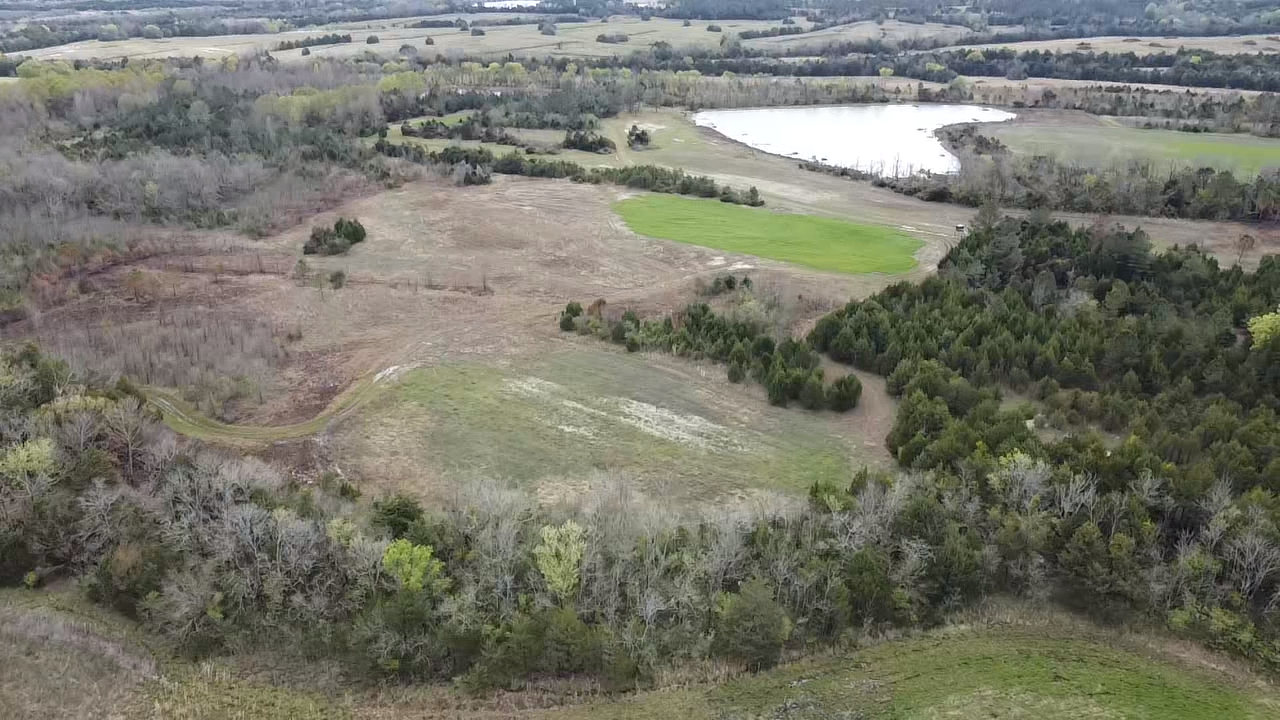Creating Habitat Diversity On Your Whitetail Property: A Comparative Approach
Habitat diversity is a key factor in creating a healthy whitetail herd, but also encouraging daylight movement and even increased bedding behavior on your property. While many landowners and land managers focus on food plots and baiting strategies, that is placing land management into such a tiny box, by creating diverse habitat types (and controlling your human intrusion) your property will turn into the desired destination location in the long run. Also, in areas where surrounding properties may offer very little diversity between vegetation and cover-primary agriculture, big hardwoods, grasslands and large river bottoms-your property can become a magnet for your local deer herd.
Understanding the Whitetail's Needs
Whitetail deer are browsers, meaning they rely on a variety of plant species for food throughout the year. Their diet changes with the seasons, consisting of grasses, forbs, acorns, fruits, and woody browse depending on what’s available. Beyond food, deer require cover for protection from predators and harsh weather conditions. Because their needs change with the season and as deer mature, creating a landscape that caters to a diversity of food and cover throughout the year is essential to attracting and keeping not only deer in general, but mature bucks on your property.
The Problem with Homogeneous Habitat
Many surrounding properties may feature large monoculture plots—extensive tracts of farmland, river bottoms, grasslands, or mature hardwood forests. While these land types offer some benefits, they often fail to meet the complex needs of a diverse whitetail population year-round. For example:
- Primary Agricultural- provide ample food and cover during the growing season but offer little to no cover once harvested.
- Grasslands- can provide cover but often lack the forage diversity to sustain deer.
- Mature hardwood forests- offer acorns and browse, but may not provide adequate low-level vegetation for year-round food or dense bedding cover.
-Large River Bottoms- can offer cover and browse for most of the year, but may lack preferred food sources and edge requirements during other times of the year.
These uniform habitats tend to lead to more seasonal use by whitetail deer, forcing them to increase their overall home range in search of different resources.
The Power of Habitat Diversity
By contrast, creating a property with varied habitat types will decrease their overall home range by offering them everything they need in one place. Here are some strategies for creating that diversity:
1. Edge Habitat Creation
Deer are creatures of edge, both hard edges and soft edges. There are many different ways to create edge on your property and the more edge that you can create will increase the overall daylight movement on property, increase bedding behaviors and increase the number of possible stand locations that you can have on property.
2. Early Successional Growth
Encouraging early successional habitats—areas dominated by grasses, forbs, and shrubs—is ideal for providing high-quality forage and cover for deer. This habitat type is rich in protein-heavy plants that aid in antler development and overall health.
You can create early successional growth through controlled burns, plantings and other TSI practices that will allow sunlight to penetrate and stimulate new growth. In contrast to monoculture forests or farmland, early successional habitats offer ample food and bedding opportunities in one location.
3. Food Plot Diversity
Food plots tend to be a primary area of focus for most land managers, but not all food plots are made the same and not every property needs a food plot. The first thing you need to do when deciding if a food plot is right for your property is to figure out what types of food are on neighboring properties to make sure that you aren’t offering the same type of food in your planting. For example: You can’t compete with a giant soybean field throughout the summer, but if you plant a food plot mix that will mature in the fall that will create that desired draw during hunting season. Diverse plantings not only attract deer but keep them coming back throughout the entire year.
4. Thick Bedding Areas
This is possibly the most important ingredient of all. Deer, especially mature bucks, will not live anywhere or do anything where they do not feel safe. Creating thick bedding cover by encouraging dense undergrowth and strategically allowing locations to become overgrown and left alone can provide the sanctuary they need. A variety of bedding areas, including both hardwood, tall grasses and conifer stands, will allow mature bucks to choose what they prefer throughout different times of the year and give them the seclusion they desire.
5. Water Sources
Water is a necessity for deer, but not every property needs to add a water hole. Again, we want to compare our property to the surrounding properties, if there is a lot of water in the area, adding a water hole won’t give you much of an advantage. In contrast, if the general area is lacking water or you don’t have a reliable water source near your bedding cover, adding a water source in a high traffic area, inside cover could turn out to be an amazing addition to your management plan.
Conclusion
In areas where surrounding properties lack habitat diversity, you can create a haven for mature bucks by creating that diversity of food, cover and water sources. This diversity not only will attract deer to your property but will increase the likelihood that they will use your property more during daylight compared to your surrounding properties and discourage the need for them to create a large home range.
To Receive an example of my Whitetail Consulting Blueprint, please fill out the form below!


